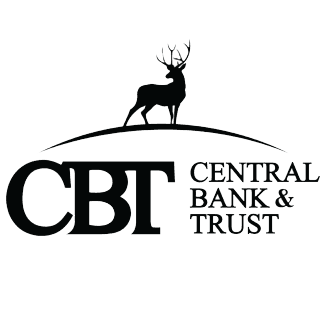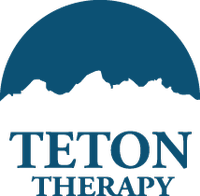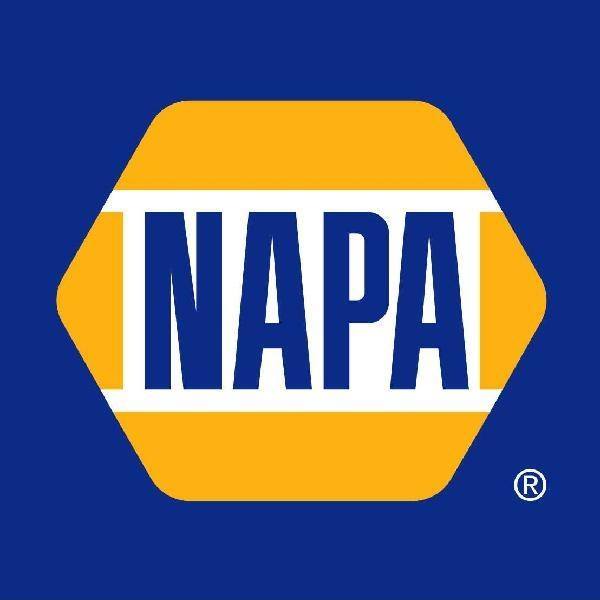- Leaders often feel pressure to have answers, but the best ones know how to ask better questions
- Curiosity builds stronger teams, fuels innovation, and keeps organizations adaptable
- The smartest leaders reward inquiry, not just results
- Create “question habits” in meetings, metrics, and mentoring to strengthen learning and trust
- The bottom line: In times of change, curiosity is not a soft skill. It is how leaders stay ahead
606 words ~ 3 min read
Leaders are often taught to act fast and have the right answer. It is what earns trust, gets promotions, and keeps things moving. But today’s challenges change too quickly for any one person to always know what is right. The leaders who thrive in this environment are the ones who stay curious. They ask better questions before rushing to conclusions.

Harvard Business Review calls curiosity “the hidden catalyst of innovation.” Teams led by curious leaders perform better, trust each other more, and come up with stronger ideas. Still, many organizations accidentally discourage curiosity in the name of efficiency. Meetings become status updates instead of conversations. Strategy sessions confirm what people already believe instead of exploring new possibilities. Over time, teams get faster at execution but weaker at learning.
Curiosity as a Leadership Practice
Curiosity is not a personality trait. It is a leadership practice that can be developed. You see it in how leaders frame discussions, respond to feedback, and shape culture.
Curious leaders do not ask, “Who messed this up?” They ask, “What can we learn from this?” They do not start with, “What’s the solution?” They start with, “What don’t we understand yet?”
At Pixar, leaders protect a process called the Braintrust. Teams share unfinished work and critique it together, not to assign blame, but to make the story stronger. Everyone checks their ego at the door. The only goal is learning. That is curiosity in action, and it is part of why Pixar has produced decades of creative success.
How to Build Curiosity Into the System
Curiosity cannot rely on a few good leaders. It has to live in the organization’s systems and routines. Here are three ways to make it real.
- Create space for questions
Add a few minutes in every meeting for open inquiry. Ask things like, “What assumptions might be wrong?” or “What are we not seeing yet?” When leaders model this, others feel permission to think out loud. - Reward exploration, not just results
Performance reviews often focus only on outcomes. Add a new measure: who experimented, sought feedback, or reframed a problem. Recognizing these behaviors sends a clear message that curiosity counts. - Listen to understand
Curiosity fades fast when people feel unheard. Teach managers to listen not to respond, but to understand. That small shift builds trust and encourages more honest conversations.
The Bottom Line
Curiosity does not mean avoiding decisions. It means making smarter ones. In a business world that is constantly shifting, curiosity is the leader’s most reliable tool. It drives learning, builds connection, and keeps teams moving forward together.
The strongest organizations are not led by people who always have the right answers. They are led by people who keep asking the right questions.
—
The Lander Chamber of Commerce is dedicated to supporting and promoting businesses and community growth in the City of Lander and throughout Fremont County, Wyoming. With a focus on advocacy, networking, and economic development, we serve local entrepreneurs, professionals, and organizations across Fremont County and beyond. Visit landerchamber.org to explore member benefits, upcoming events, and local business resources. Stay connected by following us on Facebook and Instagram. Don’t forget to subscribe to our newsletter for the latest updates and opportunities!




















